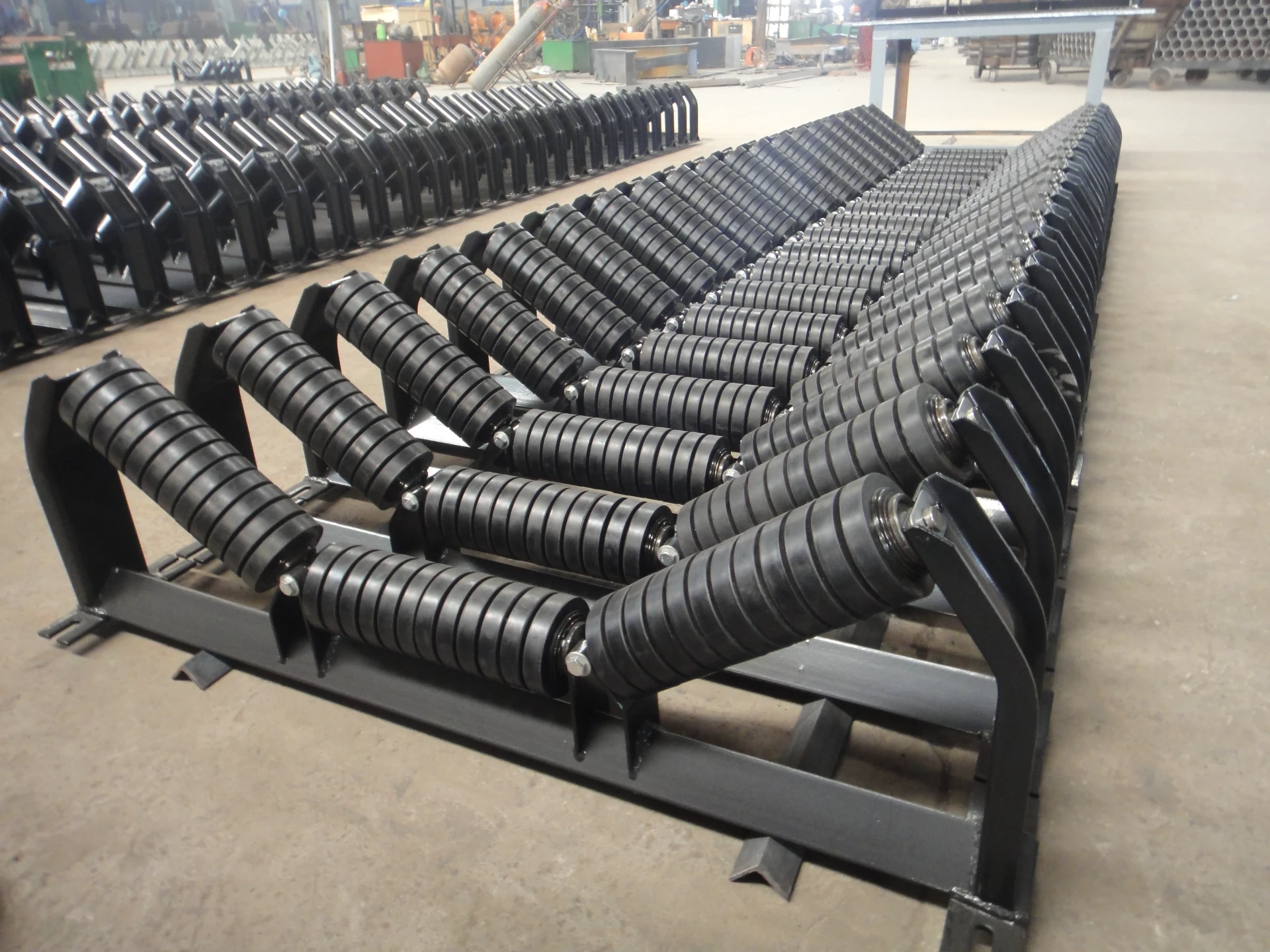 Afrikaans
Afrikaans  Albanian
Albanian  Amharic
Amharic  Arabic
Arabic  Armenian
Armenian  Azerbaijani
Azerbaijani  Basque
Basque  Belarusian
Belarusian  Bengali
Bengali  Bosnian
Bosnian  Bulgarian
Bulgarian  Catalan
Catalan  Cebuano
Cebuano  Corsican
Corsican  Croatian
Croatian  Czech
Czech  Danish
Danish  Dutch
Dutch  English
English  Esperanto
Esperanto  Estonian
Estonian  Finnish
Finnish  French
French  Frisian
Frisian  Galician
Galician  Georgian
Georgian  German
German  Greek
Greek  Gujarati
Gujarati  Haitian Creole
Haitian Creole  hausa
hausa  hawaiian
hawaiian  Hebrew
Hebrew  Hindi
Hindi  Miao
Miao  Hungarian
Hungarian  Icelandic
Icelandic  igbo
igbo  Indonesian
Indonesian  irish
irish  Italian
Italian  Japanese
Japanese  Javanese
Javanese  Kannada
Kannada  kazakh
kazakh  Khmer
Khmer  Rwandese
Rwandese  Korean
Korean  Kurdish
Kurdish  Kyrgyz
Kyrgyz  Lao
Lao  Latin
Latin  Latvian
Latvian  Lithuanian
Lithuanian  Luxembourgish
Luxembourgish  Macedonian
Macedonian  Malgashi
Malgashi  Malay
Malay  Malayalam
Malayalam  Maltese
Maltese  Maori
Maori  Marathi
Marathi  Mongolian
Mongolian  Myanmar
Myanmar  Nepali
Nepali  Norwegian
Norwegian  Norwegian
Norwegian  Occitan
Occitan  Pashto
Pashto  Persian
Persian  Polish
Polish  Portuguese
Portuguese  Punjabi
Punjabi  Romanian
Romanian  Russian
Russian  Samoan
Samoan  Scottish Gaelic
Scottish Gaelic  Serbian
Serbian  Sesotho
Sesotho  Shona
Shona  Sindhi
Sindhi  Sinhala
Sinhala  Slovak
Slovak  Slovenian
Slovenian  Somali
Somali  Spanish
Spanish  Sundanese
Sundanese  Swahili
Swahili  Swedish
Swedish  Tagalog
Tagalog  Tajik
Tajik  Tamil
Tamil  Tatar
Tatar  Telugu
Telugu  Thai
Thai  Turkish
Turkish  Turkmen
Turkmen  Ukrainian
Ukrainian  Urdu
Urdu  Uighur
Uighur  Uzbek
Uzbek  Vietnamese
Vietnamese  Welsh
Welsh  Bantu
Bantu  Yiddish
Yiddish  Yoruba
Yoruba  Zulu
Zulu Guide Roller for Enhanced Efficiency in Conveyor Systems
The Importance of Guide Rollers in Industrial Applications
Guide rollers are essential components in various industrial applications, playing a crucial role in ensuring the smooth and efficient operation of machines and conveyor systems. These devices are designed to facilitate the movement of materials and equipment, providing stability, reducing friction, and preventing misalignment. Their significance can't be overstated, as they contribute to the overall effectiveness and longevity of production processes.
At the heart of their functionality, guide rollers are engineered to guide and support moving components, allowing for seamless transitions and movements. They are commonly found in industries such as manufacturing, packaging, and logistics, where the handling of heavy loads and continuous operation is the norm. By minimizing wear and tear on machinery, guide rollers help to decrease maintenance costs and enhance productivity.
One of the key advantages of using guide rollers is their ability to reduce friction between moving parts. This reduction not only leads to less energy consumption but also minimizes the heat generated during operation. Consequently, machines can run more efficiently, resulting in lower operational costs. Furthermore, the stability provided by guide rollers prevents unwanted vibrations and misalignments, which can cause damage to both the machinery and the products being handled.
guide roller

In addition to their functional benefits, guide rollers come in various designs and materials to cater to specific needs. From nylon and polyurethane to steel and aluminum, the choice of material can significantly affect the performance and durability of the rollers. For example, nylon rollers are lightweight and resistant to wear, making them ideal for light to medium-duty applications. In contrast, steel rollers offer unparalleled strength and are suited for heavy-duty tasks where maximum load-bearing capacity is required.
The installation and maintenance of guide rollers are also critical considerations. Proper installation ensures optimal performance, while regular maintenance helps to identify wear or damage before becoming a significant issue. This proactive approach not only extends the lifespan of the rollers but also guarantees operational efficiency.
In conclusion, guide rollers are invaluable in various industrial applications, enhancing the efficiency and reliability of machinery. Their ability to reduce friction, prevent misalignment, and accommodate heavy loads makes them essential components in many systems. As industries continue to evolve and demand higher productivity and reliability, the importance of guide rollers will only grow, highlighting the need for continued innovation and improvement in their design and application. Embracing these advancements will ensure that businesses can meet the challenges of modern manufacturing and logistics, paving the way for a more efficient future.
-
Revolutionizing Conveyor Reliability with Advanced Rubber Lagging PulleysNewsJul.22,2025
-
Powering Precision and Durability with Expert Manufacturers of Conveyor ComponentsNewsJul.22,2025
-
Optimizing Conveyor Systems with Advanced Conveyor AccessoriesNewsJul.22,2025
-
Maximize Conveyor Efficiency with Quality Conveyor Idler PulleysNewsJul.22,2025
-
Future-Proof Your Conveyor System with High-Performance Polyurethane RollerNewsJul.22,2025
-
Driving Efficiency Forward with Quality Idlers and RollersNewsJul.22,2025





























